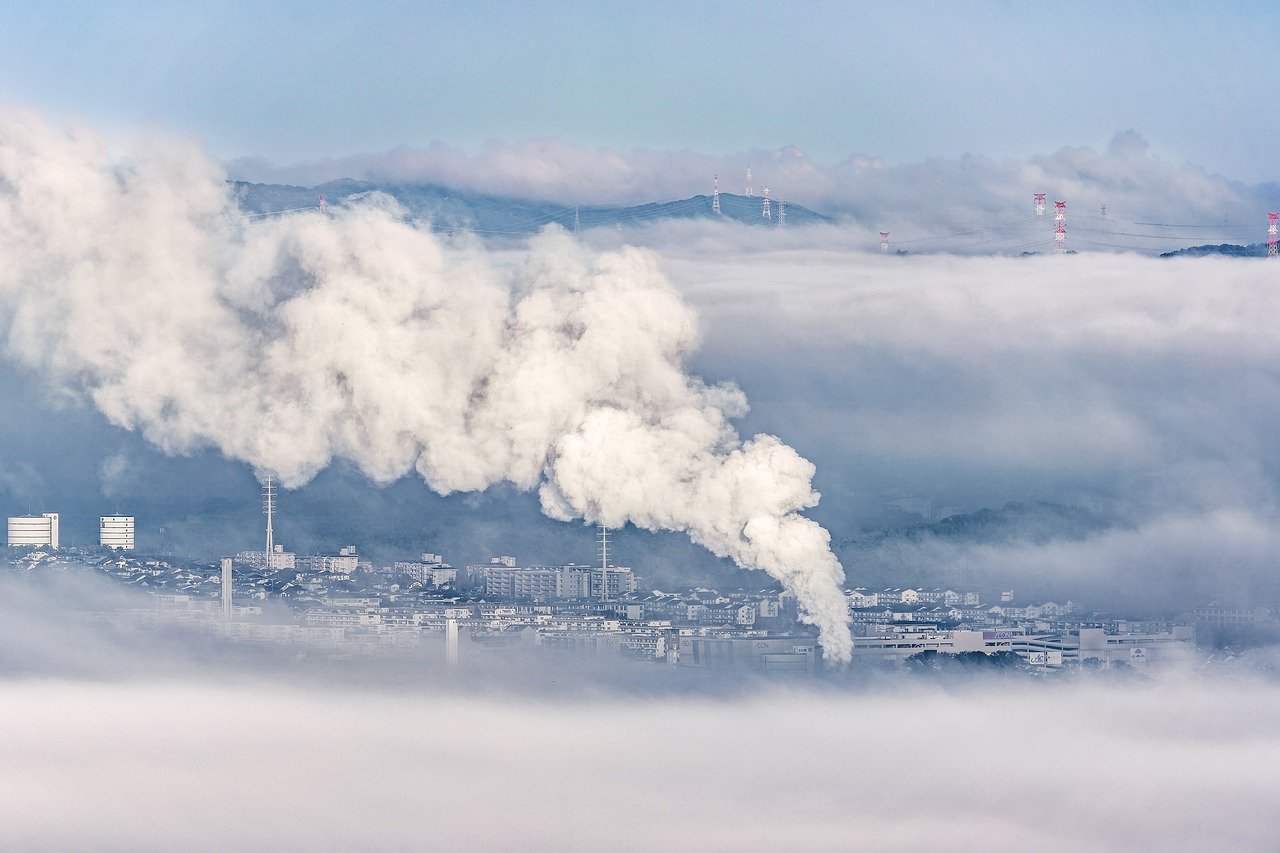This morning, the Indian capital was hit by a heavy blanket of smog, the result of Diwali celebrations, during which numerous fireworks were lit despite a ban imposed by the authorities. In recent days, the police seized nearly two tons of firecrackers in Delhi, but many were still found in neighboring states. To deal with this situation, around 3,000 additional officers were deployed to monitor the city’s streets. However, despite the increased controls, PM 2.5 levels quickly reached over 350 micrograms per cubic meter. This made Delhi the most polluted city in the world, followed by Lahore, Pakistan, which is about 400 kilometers away. According to the World Health Organization, these values are more than thirty times higher than those considered safe.
The media is increasingly critical of both the state government and the central authorities for their failure to effectively address the pollution problem that recurs every year during this time. In addition, the irresponsibility of citizens is also highlighted, who, by celebrating Diwali with excessive use of fireworks, are exacerbating an already critical environmental situation. The lack of awareness among the population contributes to a destructive cycle that puts public health and the environment at risk.
Authorities are now facing significant challenges in trying to raise awareness of the importance of air quality and environmental health. It is crucial to develop effective strategies that can ensure responsible celebration of the holidays without compromising collective health. Implementing information campaigns and promoting sustainable alternatives to fireworks could be important steps towards improving the situation.
Air pollution poses a real threat to the well-being of residents and requires concerted efforts by authorities and the community to find workable solutions. Only through active collaboration will it be possible to address this age-old problem and ensure a healthier future for generations to come.


